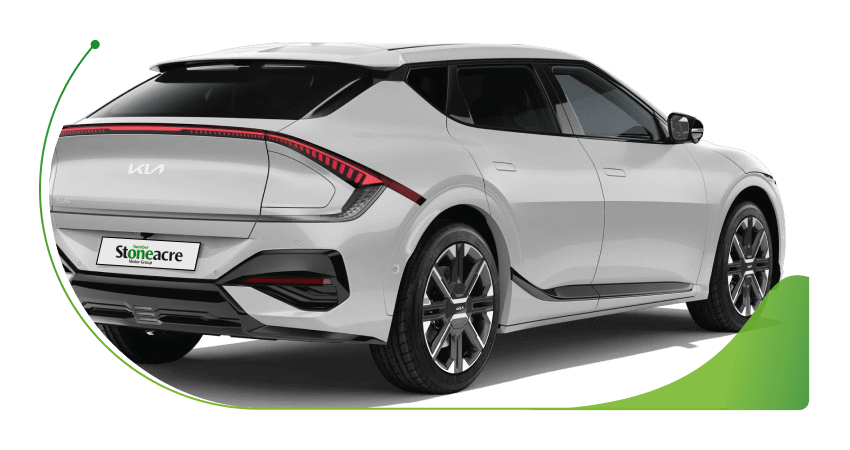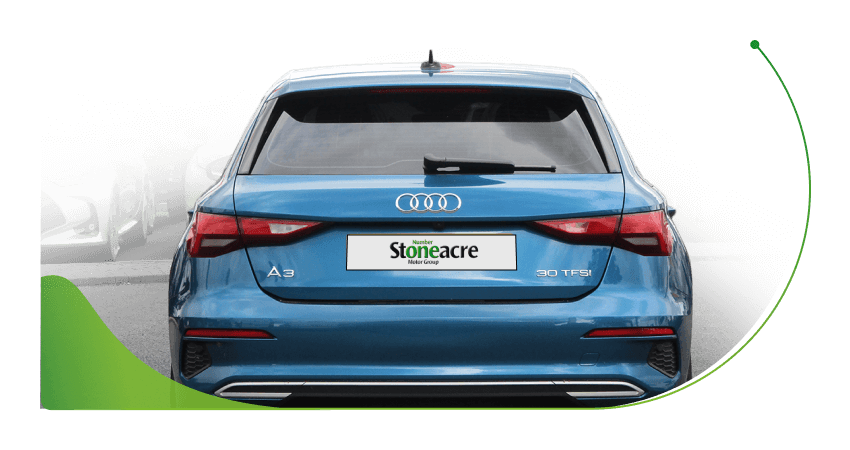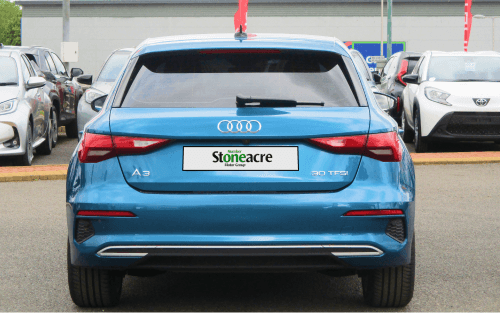
While many might just want to look at the headline figures of a car finance deal - monthly payment, deposit etc. - there are a few other aspects that make a big difference.
APR is one such element - but what exactly does it mean for you as a car buyer?

What does APR mean?
APR stands for Annual Percentage Rate, and is used by finance providers to work out any additional costs for paying for a product or service through finance, such as a car.
Looking closely at APRs and interest costs across multiple deals can help indicate how good an offer of finance might actually be.
How does APR work?
A combination of the following is used to calculate the APR on a finance deal:
- Interest rate
- Admin charges
- Length of the agreement
You will find an APR figure on typical finance types, such as Hire Purchase (HP), Personal Contract Purchase (PCP), and Conditional Sale (CS).
However, you won’t find it on a Personal Contract Hire (PCH) deal, as this is a leasing contract, and you effectively pay to use the car and then hand it back.
Keep in mind that, the higher the APR is, the more you’ll have to pay over the course of the agreement.
The APR will also affect the cost of your monthly payments.
Representative APR vs Personal APR
When considering car finance deals, it’s important to know that you will likely see different versions of APR - here’s what they will mean.
Representative APR
Brokers as well as lenders must present a Representative Example when discussing finance products, as this will represent an average offering based on just over half their approved customers.
Within this Representative Example will be a Representative APR, which again will be based on an average of what just over half their customers have received.
There’s a good chance that this APR figure won’t be the final figure you will receive, as it is based on a mixture of previous customer offerings.
Personal APR
This is a figure that is much more important and meaningful to the individual.
A Personal APR figure is worked out based on your personal circumstances and credit profile, and is what your exact finance deal will be based on.


How do I get low APR car finance?
As we’ve touched on, an APR in general is worked out using the interest rate, the admin charges included, and the agreement term.
When calculating the precise APR for an individual, there is a bit more to it.
A person’s credit score and history will also play a part in how the APR figure looks in their finance offering.
The lowest APR for car finance will be available for those who have a strong credit score, as well as little to no negative aspects in their credit history.
However, the opposite of that is true - a poor credit score due to the likes of missed payments, defaults, and possibly even former bankruptcy, will suggest that there is a higher risk when lending money.
In such circumstances, the APR will be notably higher, and you’ll pay more interest as a result.
What about a 0% APR?
A 0% APR on a car finance deal would mean that you pay zero interest during the duration of the contract.
To get accepted for such a deal, you’ll need to ensure you have a strong credit score.
It may also be required that you have a healthy deposit or part exchange to put down at the start of the deal.
New Car APRs vs Used Car APRs
There is often a fine balance between how APRs differ between New and Used Cars.
New Cars
What can make buying a new car so enticing is that they typically offer the lowest APRs.
As well as 0% deals, you can also come across finance offerings that have a sub-5.0% APR.
What counteracts this somewhat is that a new car can come with a higher list price compared to that of a used equivalent.
Used Cars
Working to the opposite notion, used cars will usually offer a higher APR when purchasing through finance.
This is because it’s harder to be precise with the value of a used vehicle and, with car finance being a loan secured against the car, this can be seen as being more risky from the point of view of the lender.
However, the outright price of the car will likely be cheaper than a comparable new vehicle.
As such, it’s important to be prudent and do some comparisons if you’re looking to get the best possible deal.
Representative Example
This represents an average of the deals that our customers receive on other vehicles
We are a credit broker and a lender. We can introduce you to a limited number of lenders and their finance products. We will provide details of products available, but no advice or recommendation will be made. You must decide whether the finance product is right for you. We do not charge you a fee for our services. Lenders will pay commission to us (either a fixed fee or a fixed percentage of the amount you borrow) for introducing you to them, this may be calculated in reference to a variable factor such as (but not limited to) the vehicle age, your credit score and the amount you are borrowing. Different lenders may pay different commissions for such introductions. Offers available to everyone over the age of 18, subject to credit approval.


